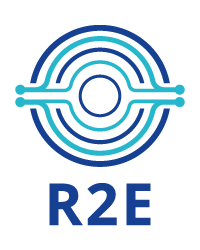Single-Event Effects in Silicon Carbide High Voltage Power Devices for Lunar Exploration
by
HYBRID EP-ESE/R2E SEMINAR IN 13-2-005 AND ZOOM

Abstract:
New initiatives in space, such as NASA’s Artemis program to explore the moon, require much higher power than most previous space missions. Fission-based power sources that deliver tens of kilowatts are envisioned to power micro-grids, as well as human habitation and transport vehicles on the moon. Hence power converter operation at a voltage greater than one kilovolt is desired, which requires power devices that can withstand the lunar radiation and thermal environments.
Silicon carbide (SiC) devices are well suited to operation in the kilovolt regime, however they are vulnerable to heavy-ion strikes in space due to cosmic and solar radiation that causes single-event burnout (SEB) and single-event leakage current degradation (SELC). In this presentation we discuss the evolution of research regarding SEB and SELC for SiC devices. We will explain the various degradation modes of SiC MOSFETs and diodes, and examine some hypotheses for what causes SEB and SELC. Much of the single-event characterization research has been carried out on 1200 V SiC devices, we will also introduce some 3.3 kV SiC devices being investigated in a joint NASA-General Electric Research-Vanderbilt University program to build high-voltage SiC devices that can survive the operating environment on the moon.
Zoom details are below and also in the invitation email.
Make sure you have the latest Zoom client app to be able to connect https://cern.zoom.us/ -> Download client
